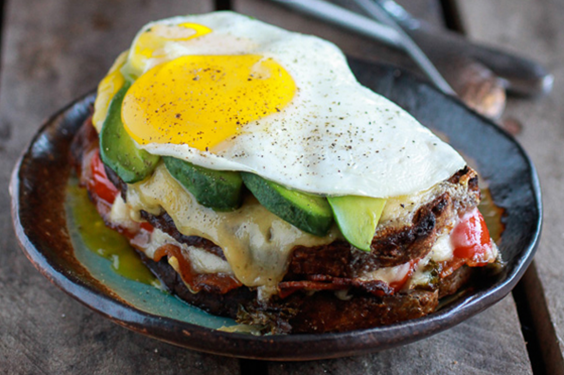
The egg is synonymous with potential. But let’s not get bogged down in symbolism.
Even for the most practical-minded cook, the egg is a marvel of possibility: Scramble it. Poach it. Boil it. Fry it. Beat a couple into an omelet. Whip several into a soufflé. The choices nearly overwhelm.
But for my time and money, which is to say scant, I prefer the binder approach: Take whatever you’ve got on hand, and throw it in a pan with some eggs – which bring the ingredients together into something greater than the sum of its parts. For something savory, grab leftover vegetables and cheese. For a sweet take, stale bread and fruit. Or skirt the boundary with bread, apples, brie and pancetta. Master the basic concepts involved in making a frittata and baked French toast (aka strata), and you’ll have a potent strategy for dealing with both the time crunch of weeknight meals and making leftovers palatable.
These dishes became a regular part of our family’s weeknight dinner rotation many years ago when I was looking for a way to make use of care packages sent by my grandfather-in-law. He was a masterful and prolific Italian American cook, and so he would periodically ship us boxes lined with ice packs and filled with freezer bags of sausage ground by a neighborhood butcher according to my grandpa-in-law’s specifications; jars of stuffed peppers mummified in bubble wrap; zip-close bags packed full of spicy broccoli rabe; and, just in case it wasn’t sold in the Midwest, Special K cereal.
My first attempts at making a frittata were born of rabe-induced guilt – the sheer quantity of it required something more than a simple reheat – and these first attempts were disasters: burned on the bottom, runny in the middle. Or, worse, scattered all over the kitchen floor after a failed flip. I had not yet learned two essential lessons.











